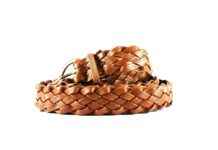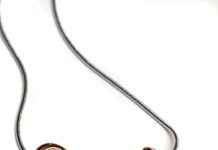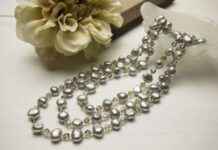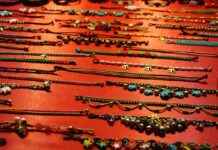This article delves into the timeless appeal of vintage necklaces, examining their rich history, diverse styles, and how to seamlessly incorporate them into contemporary fashion. Vintage necklaces are not just accessories; they are pieces of art that tell stories and connect us to the past.
The Allure of Vintage Necklaces
Vintage necklaces possess a unique charm that captivates fashion lovers. They often reflect the craftsmanship and artistry of their time, making them a perfect addition to any jewelry collection. Their distinct styles can transform even the simplest outfit into a statement.
History of Vintage Necklaces
Understanding the history of vintage necklaces enhances our appreciation for them. From the ornate designs of the Victorian era to the bold statements of the Art Deco period, each era brought unique influences that continue to inspire modern jewelry design.
Victorian Era Necklaces
Victorian necklaces are known for their intricate designs and rich symbolism. Often made with materials like gold, gemstones, and pearls, these pieces represented wealth and social status in the 19th century.
Art Deco Necklaces
The Art Deco movement introduced vibrant colors and geometric patterns, making necklaces from this era stand out. Materials like platinum and colored gemstones were commonly used, reflecting the modernity of the 1920s and 1930s.
Identifying Authentic Vintage Necklaces
For collectors, recognizing authentic vintage necklaces is crucial. Key indicators include examining hallmarks, materials, and craftsmanship. Hallmarks provide insights into the maker and the quality of the metal, helping to establish authenticity.
Styling Vintage Necklaces for Modern Fashion
Incorporating vintage necklaces into today’s outfits can create a unique style. Layering different lengths and styles can add depth, while pairing them with simple modern attire allows these vintage pieces to shine.
Caring for Vintage Necklaces
Proper care is essential for maintaining the beauty of vintage necklaces. Gentle cleaning methods, such as using mild soap and soft cloths, can help preserve their integrity. Additionally, storing them in soft pouches or dedicated boxes can prevent damage and ensure longevity.
Conclusion
Vintage necklaces are more than just accessories; they are timeless pieces that connect us to history. By understanding their significance and learning how to style and care for them, we can ensure that these beautiful items remain a staple in our jewelry collections for years to come.
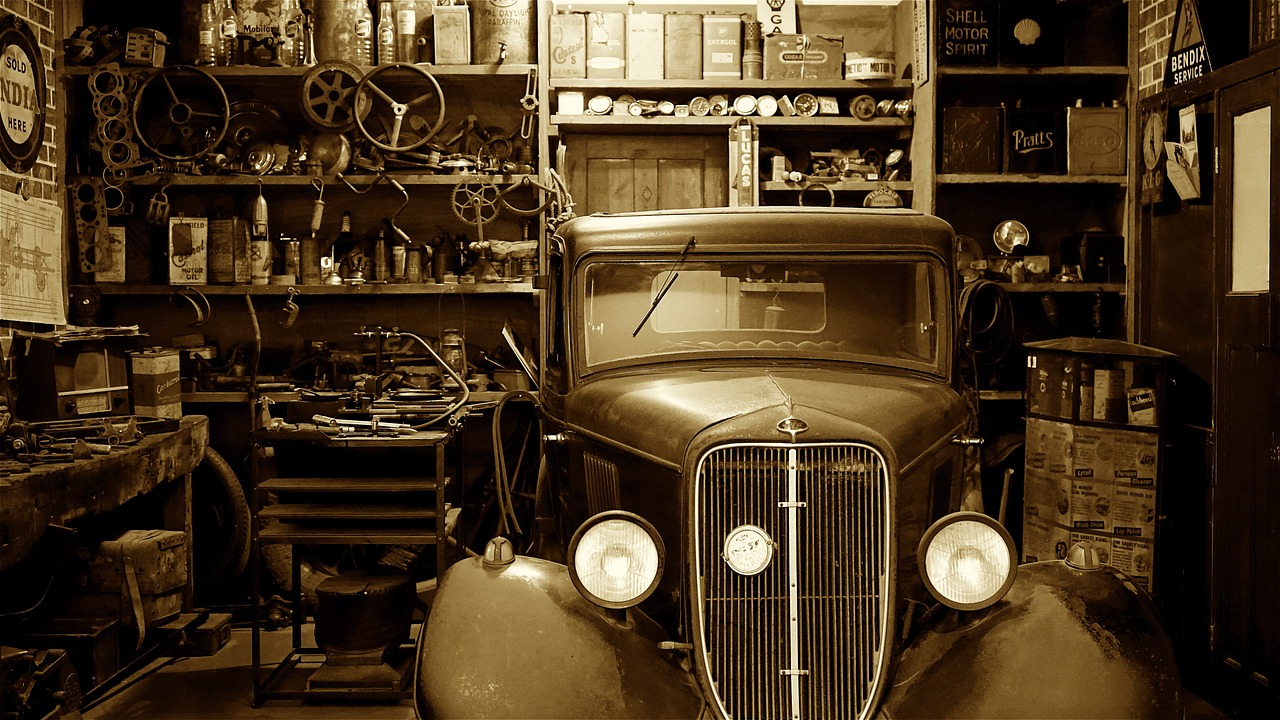
The Allure of Vintage Necklaces
Vintage necklaces possess an enchanting allure that captivates fashion lovers across generations. These exquisite pieces not only serve as adornments but also as tangible connections to the past, embodying the craftsmanship and artistry of their respective eras. Their unique designs and historical significance make them not just accessories, but stories waiting to be told.
One of the most appealing aspects of vintage necklaces is their ability to seamlessly blend with contemporary fashion. Whether worn with a casual outfit or a formal ensemble, these necklaces can add a touch of elegance and personality. Their distinct styles range from the intricate detailing of Victorian pieces to the bold geometries of Art Deco designs, ensuring that there is a vintage necklace to suit every taste.
Moreover, the history behind these necklaces enriches their charm. Each piece reflects the cultural and social influences of its time, often showcasing the materials and techniques that were prevalent during its creation. For instance, the use of precious metals and gemstones in Victorian necklaces not only signified wealth but also highlighted the intricate craftsmanship that defined the era.
Additionally, vintage necklaces serve as a reminder of the personal stories they carry. Many feature symbolic elements such as lockets that hold cherished photographs or cameos that commemorate loved ones, adding an emotional depth that is often missing in modern jewelry.
In conclusion, the allure of vintage necklaces lies in their unique ability to transcend time and trends. Their rich history, combined with their stunning designs, makes them a cherished addition to any jewelry collection. Embracing these timeless pieces allows individuals to express their personal style while honoring the artistry of the past.
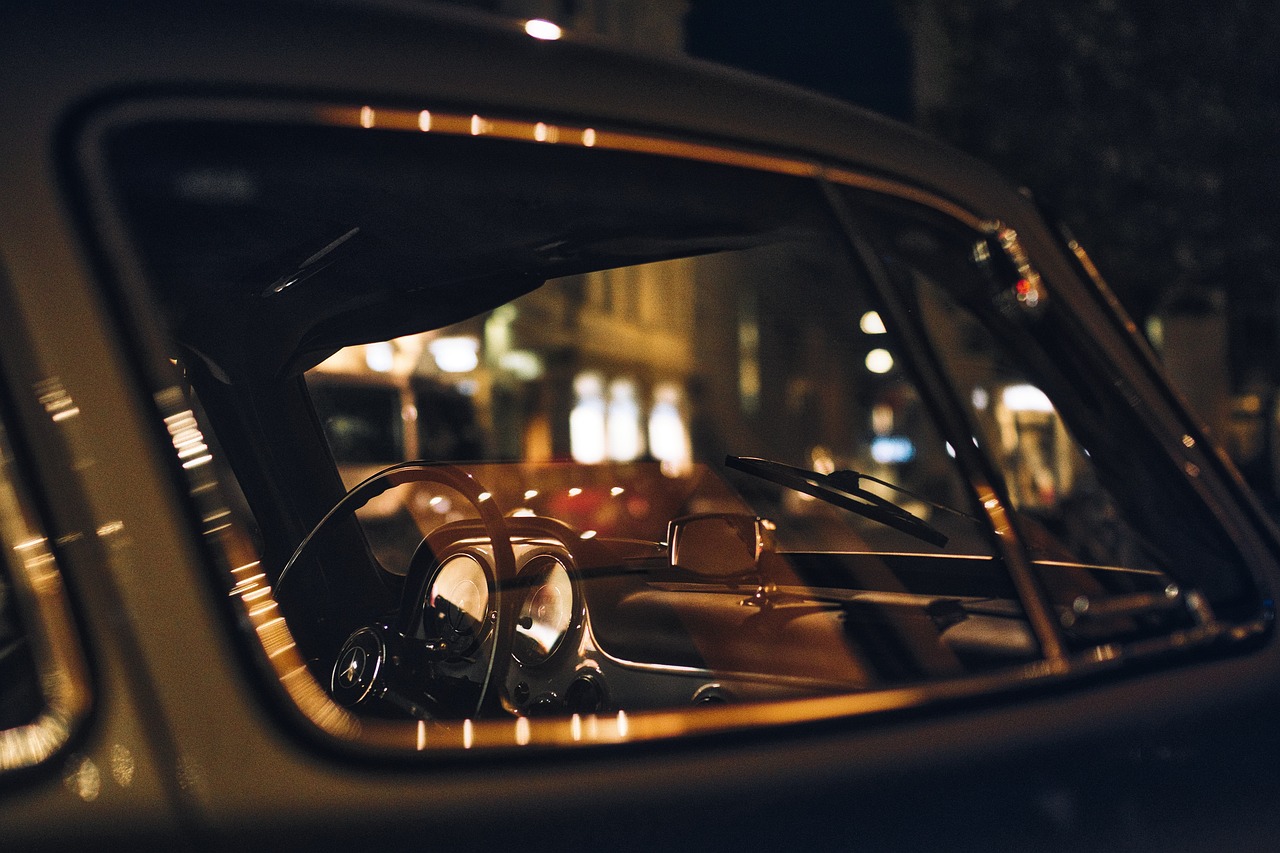
History of Vintage Necklaces
Understanding the history of vintage necklaces is essential for anyone interested in fashion and jewelry. These pieces are not just accessories; they are artifacts that tell stories of the eras they come from. Each period, from the ornate styles of the Victorian era to the bold designs of the 1980s, has left its mark on the world of vintage jewelry.
The Victorian era (1837-1901) is known for its intricate craftsmanship and deep symbolism. Necklaces from this time often featured gold, gemstones, and pearls, which were not only indicators of wealth but also represented personal stories and emotions. For instance, lockets became popular as they allowed individuals to carry a picture of a loved one close to their heart.
As we moved into the Art Nouveau period (1890-1910), the designs became more organic and fluid, reflecting the natural world. This era celebrated nature-inspired motifs and often included materials like enamel and semi-precious stones.
The Art Deco movement (1920s-1930s) brought a dramatic shift in design. Characterized by geometric shapes and vibrant colors, necklaces from this time often used platinum and colored gemstones. This period reflected the modernity and optimism of the post-World War I era, making bold statements through jewelry.
By the time we reached the 1980s, vintage necklaces had started to embrace a more eclectic style, combining various materials and influences from previous decades. Chunky chains, oversized pendants, and bright colors became the hallmark of this era, showcasing a more playful approach to fashion.
In conclusion, the history of vintage necklaces is a fascinating journey through time, reflecting cultural shifts and personal expressions. Each piece carries with it a unique story, making them not only beautiful accessories but also valuable historical artifacts.
Victorian Era Necklaces
are a remarkable representation of the 19th-century jewelry design, notable for their intricate craftsmanship and rich symbolism. These exquisite pieces not only served as adornments but also conveyed messages of wealth, love, and social standing.
During the Victorian era, which spanned from 1837 to 1901, jewelry became an essential part of a person’s attire. The necklaces of this time were often characterized by their elaborate designs, incorporating nature-inspired motifs such as flowers, leaves, and animals. This trend reflected the era’s fascination with the natural world and the Romantic movement, which emphasized emotion and individualism.
Victorian necklaces typically featured a variety of luxurious materials. Gold was the predominant metal, often adorned with gemstones like diamonds, sapphires, and emeralds. Pearls were also highly favored, symbolizing purity and elegance. The use of these materials not only showcased the wealth of the wearer but also highlighted the skilled craftsmanship of jewelers who meticulously crafted each piece.
An essential aspect of Victorian necklaces was their symbolism. Many pieces included lockets that could hold photographs or mementos of loved ones, serving as a personal touch that added emotional depth. Additionally, cameos were popular, often depicting classical figures or romantic scenes, which conveyed messages of love and devotion.
In summary, Victorian era necklaces are more than mere accessories; they are historical artifacts that reflect the cultural and social dynamics of their time. Their intricate designs and rich symbolism continue to captivate jewelry enthusiasts and collectors today, making them a timeless addition to any collection.
Popular Materials in Victorian Necklaces
Victorian necklaces are renowned for their exquisite beauty and intricate designs, often reflecting the social status and wealth of the wearer. During the Victorian era, which spanned from 1837 to 1901, jewelry was not merely an accessory but a statement of identity and emotion. The materials used in these necklaces were carefully chosen for their luxury and symbolism, making them a fascinating subject for jewelry enthusiasts.
- Precious Metals: Gold was the predominant metal used in Victorian necklaces, often found in various hues such as yellow, rose, and white gold. Silver was also popular, particularly for pieces intended for evening wear. The use of these metals not only enhanced the beauty of the jewelry but also indicated the wealth of the owner.
- Gemstones: Victorian necklaces frequently featured a stunning array of gemstones, including diamonds, sapphires, rubies, and emeralds. These stones were often set in intricate designs, showcasing the skill of the craftsmen of the time. Each gemstone carried its own meaning, with diamonds symbolizing eternity and sapphires representing wisdom.
- Pearls: Pearls were a staple in Victorian jewelry, often associated with purity and innocence. They were commonly used in necklaces, either as single strands or in combination with other gemstones, creating a classic and elegant look.
- Enamel: Enamel work became increasingly popular during this period. Artisans used vibrant colors to create intricate designs on the surface of metal, adding a unique touch to necklaces. This technique allowed for personalization, often incorporating motifs that held special significance to the wearer.
In conclusion, the materials used in Victorian necklaces not only reflect the era’s aesthetic values but also offer insight into the cultural and social dynamics of the time. Collectors and enthusiasts appreciate these pieces not just for their beauty, but for the stories and history they carry.
Symbolism in Victorian Jewelry
During the Victorian era, jewelry was more than just an accessory; it was a profound means of communication and expression. Necklaces from this period often featured intricate designs and symbolic elements that conveyed deep personal meanings. These pieces served not only as adornments but also as sentimental keepsakes, reflecting the emotional ties of the wearer.
One of the most notable symbolic elements in Victorian necklaces was the locket. Lockets were designed to hold photographs or mementos of loved ones, allowing the wearer to keep cherished memories close to their heart. This intimate connection transformed the locket into a powerful emblem of love and remembrance.
Another significant element was the cameo. Typically carved from materials like shell or stone, cameos often depicted portraits or mythological scenes. They were not only decorative but also served as a statement of social status and cultural sophistication. Wearing a cameo was a way to showcase one’s taste and appreciation for art, making it a popular choice among the elite.
The use of flowers and foliage motifs in Victorian jewelry also held symbolic meanings. Different flowers represented various sentiments; for example, a rose symbolized love, while a forget-me-not conveyed remembrance. These motifs allowed wearers to express their feelings without uttering a word, making jewelry a silent yet powerful form of communication.
Furthermore, the incorporation of mourning jewelry became prevalent during this era. Pieces made from jet or featuring black enamel were worn to commemorate deceased loved ones, serving as a visible reminder of loss and grief. This practice highlighted the Victorian fascination with death and the afterlife, intertwining personal emotion with artistic expression.
In conclusion, the symbolism embedded in Victorian jewelry, particularly necklaces, adds a profound emotional layer to their aesthetic appeal. Each piece tells a story, reflecting the values, beliefs, and sentiments of the wearer, making them timeless treasures that continue to resonate with people today.
Art Deco Necklaces
represent a fascinating intersection of art, fashion, and culture, emerging during a time of significant social change in the 1920s and 1930s. This era, characterized by its embrace of modernity and innovation, saw jewelry designs that were not only visually striking but also reflective of the dynamic spirit of the time.
The Art Deco movement was marked by its use of bold geometric shapes and vibrant colors, which set it apart from previous styles. Jewelry from this period often featured a combination of platinum, gold, and an array of colored gemstones such as emeralds, sapphires, and rubies. These materials were chosen not only for their beauty but also for their ability to convey a sense of luxury and sophistication.
| Material | Characteristics |
|---|---|
| Platinum | Durable and hypoallergenic, often used for intricate designs. |
| Colored Gemstones | Vibrant hues that add a modern touch to classic designs. |
| Gold | Commonly used for settings and accents, available in various karats. |
Art Deco necklaces often featured symmetrical patterns and stylized motifs, drawing inspiration from various sources including ancient Egyptian art, Cubism, and the burgeoning film industry. This eclectic mix of influences resulted in pieces that were both avant-garde and timeless. The use of enameling and diamond accents further enhanced the visual appeal, making these necklaces a favorite among the fashionable elite of the time.
As we look at the modern context, incorporating into contemporary fashion can create a striking and elegant statement. These pieces can be paired with both casual and formal attire, adding a touch of vintage charm while still feeling relevant. Whether worn alone as a statement piece or layered with other necklaces, their unique designs continue to captivate and inspire.
In conclusion, the allure of lies in their rich history and distinctive style. They are not just accessories but rather pieces of art that embody the spirit of their time, making them a valuable addition to any jewelry collection.

Identifying Authentic Vintage Necklaces
is a crucial skill for collectors and enthusiasts who wish to invest in pieces that hold both historical and monetary value. With the rise of reproductions and fakes in the jewelry market, knowing how to discern genuine vintage necklaces can significantly enhance your collection.
To begin with, it’s essential to examine hallmarks. These small engravings can provide valuable information about the necklace’s origin, including the manufacturer’s mark, the type of metal used, and sometimes even the year it was made. Familiarizing yourself with common hallmarks can help you quickly identify the authenticity of a piece.
Another key factor is the materials used in the necklace. Authentic vintage pieces often feature high-quality materials such as gold, silver, and genuine gemstones. Pay attention to the weight and feel of the necklace; genuine metals and stones tend to have a heftier feel compared to their modern counterparts. Additionally, the presence of natural imperfections in gemstones can be a sign of authenticity, as opposed to the flawless appearance of synthetic stones.
Craftsmanship is equally important when assessing a vintage necklace. Genuine vintage pieces often showcase intricate details and superior craftsmanship that are hard to replicate. Look for signs of handwork, such as uneven soldering or unique clasp designs, which are indicative of a piece made by skilled artisans. In contrast, mass-produced items may lack these distinctive features.
Lastly, it’s advisable to consult experts or reputable dealers when in doubt. They can provide insights and evaluations that may not be immediately apparent. By combining your own observations with expert advice, you can make informed decisions and ensure that your vintage necklace collection remains authentic and valuable.
Understanding Hallmarks
When it comes to vintage necklaces, hallmarks play a pivotal role in determining their authenticity and origin. These small but significant marks, often engraved on the clasp or the back of the piece, provide essential information regarding the necklace’s maker, the quality of the metals used, and, in some cases, the year it was produced. This information is invaluable for collectors and enthusiasts alike, as it aids in verifying the necklace’s historical significance and value.
What Are Hallmarks?
Hallmarks are official marks that indicate the purity of precious metals such as gold, silver, and platinum. They often include a combination of symbols, letters, and numbers that can tell you a lot about the piece. For instance, a hallmark might display the manufacturer’s mark, which identifies the jeweler or company that crafted the necklace, as well as the metal’s purity level, such as 14K for 14 karat gold.
Importance of Hallmarks
- Authenticity Verification: Hallmarks help confirm that a necklace is indeed vintage and not a modern reproduction.
- Historical Context: They provide insights into the era in which the necklace was made, which can enhance its value.
- Quality Assurance: Knowing the metal quality can influence a buyer’s decision, as higher-purity metals are generally more sought after.
How to Examine Hallmarks
When evaluating a vintage necklace, carefully inspect the hallmark for clarity and detail. Use a magnifying glass if necessary, as some hallmarks can be quite small. Additionally, familiarize yourself with common hallmark symbols associated with different periods and regions to enhance your knowledge.
Conclusion
In summary, understanding hallmarks is crucial for anyone interested in vintage necklaces. These markings not only authenticate the piece but also enrich its story, making it a treasured addition to any jewelry collection.
Assessing Materials and Craftsmanship
is a crucial aspect in the world of vintage jewelry, particularly when it comes to necklaces. Understanding the intricacies of a piece can significantly enhance your appreciation for its history and artistry.
When evaluating a vintage necklace, one must consider the materials used. Authentic vintage pieces are often made from high-quality metals such as gold, silver, or platinum, which not only provide durability but also add to the piece’s overall value. Additionally, the presence of genuine gemstones like diamonds, emeralds, or sapphires can further authenticate a necklace’s vintage status, as these materials were commonly used in earlier eras.
Craftsmanship is another vital factor. Vintage necklaces often showcase handcrafted details that set them apart from modern mass-produced items. Look for signs of artisan techniques, such as intricate filigree work, unique clasp designs, or personalized engravings. These details not only reflect the skill of the jeweler but also tell a story about the era in which the necklace was created.
| Material | Characteristics |
|---|---|
| Gold | Often stamped with karat marks; warm hue; malleable |
| Silver | Shiny finish; may tarnish; often marked with ‘925’ |
| Platinum | Rare and durable; heavier than gold; hypoallergenic |
In addition to materials and craftsmanship, consider the historical context of the necklace. Each era has its distinctive styles and techniques, which can influence the way a piece is perceived today. For instance, a necklace from the Art Deco period may feature bold geometric designs, while a Victorian piece might incorporate romantic motifs.
In conclusion, assessing the materials and craftsmanship of a vintage necklace is essential for determining its authenticity and value. By examining the quality of the metals, the intricacy of the craftsmanship, and the historical significance, collectors and enthusiasts can better appreciate these timeless treasures.
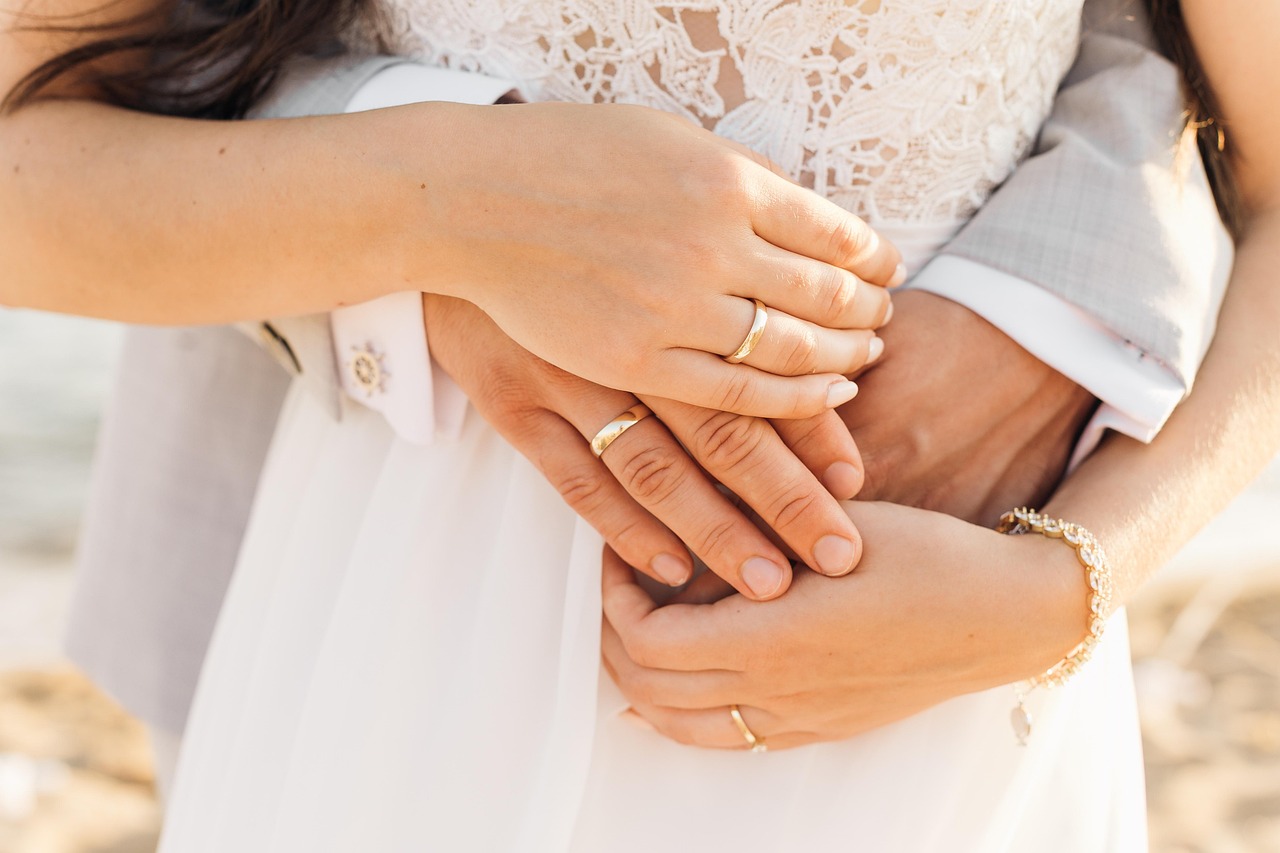
Styling Vintage Necklaces for Modern Fashion
Incorporating vintage necklaces into contemporary outfits is not just a fashion choice; it’s a way to express individuality and creativity. These timeless pieces can add a touch of elegance and character to any modern attire. Here are some effective strategies to seamlessly blend vintage necklaces into your current wardrobe.
- Embrace Layering: Layering is a fantastic way to enhance your look. Combine different lengths and styles of vintage necklaces to create a unique ensemble. For instance, pairing a long, delicate chain with a chunky statement piece can add depth and visual interest to your outfit.
- Mix and Match Styles: Don’t be afraid to mix different vintage styles. For example, pairing a Victorian-era locket with a sleek, modern dress can create an intriguing contrast that highlights the charm of both the necklace and the outfit.
- Choose the Right Outfit: When styling vintage necklaces, opt for simple, contemporary clothing that allows the necklace to be the focal point. A plain blouse or a classic t-shirt can serve as an ideal backdrop, ensuring that your vintage piece stands out without clashing with other elements.
- Color Coordination: Consider the colors in your vintage necklace when selecting your outfit. Vintage pieces often feature unique hues that can complement or contrast beautifully with modern attire. For instance, a necklace with vibrant stones can add a pop of color to a monochromatic outfit.
- Accessorize Wisely: When wearing vintage necklaces, keep other accessories minimal. This approach helps maintain balance and ensures that your vintage piece remains the centerpiece of your look.
By following these styling tips, you can effortlessly incorporate vintage necklaces into your modern wardrobe, creating a distinctive and fashionable statement. Remember, the key is to find a balance that allows the vintage piece to shine while harmonizing with contemporary fashion.
Layering Techniques
Layering vintage necklaces is a fantastic way to enhance your outfit, adding a unique touch that reflects your personal style. By mixing different lengths, styles, and textures, you can create a look that is not only visually appealing but also tells a story of its own.
When it comes to , there are several key strategies to consider:
- Mix Lengths: Varying the lengths of your necklaces is essential. For instance, pairing a short choker with a longer pendant necklace can create a dynamic visual effect. This contrast draws attention to your neckline and adds depth to your overall appearance.
- Combine Styles: Don’t be afraid to mix different styles, such as pairing a delicate vintage locket with a chunky statement piece. This combination can create a balanced look that combines elegance with boldness.
- Play with Textures: Incorporating necklaces with different textures—like a smooth metal chain alongside a beaded piece—can add an interesting tactile element to your outfit. This variety keeps the eye engaged and adds complexity to your layering.
Moreover, consider the color palette of your necklaces. Sticking to a cohesive color scheme can unify your look, while contrasting colors can make each piece stand out. For example, layering gold necklaces with turquoise accents can create a striking and fashionable contrast.
Another important aspect is to ensure that the necklaces do not tangle. Using a necklace organizer or storing them separately when not in use can help maintain their integrity and keep them looking their best.
In conclusion, layering vintage necklaces is not just about throwing on multiple pieces; it’s an art form that requires thoughtfulness and creativity. By experimenting with lengths, styles, and textures, you can craft a unique and personalized look that enhances your outfit and showcases your individual style.
Pairing with Modern Attire
Pairing vintage necklaces with modern attire is an art that can enhance your style and showcase your personality. When integrating these timeless pieces into contemporary outfits, it is essential to consider a few key factors to achieve a harmonious look.
Firstly, simplicity is key. Modern outfits that are clean and minimalistic provide an ideal canvas for vintage necklaces to stand out. Think of a classic white blouse paired with tailored trousers or a simple black dress. These outfits allow the intricate details of a vintage necklace to become the focal point of your ensemble.
- Choose the Right Necklace: Select a vintage necklace that complements the neckline of your outfit. For example, a statement collar necklace works beautifully with a simple crew neck, while a long pendant can enhance a V-neck or scoop neck.
- Mix and Match: Don’t be afraid to mix different styles. Pairing a vintage piece with modern jewelry can create an interesting contrast. For instance, wearing a vintage choker alongside contemporary hoop earrings can add depth to your look.
- Consider Color Coordination: Pay attention to the colors in your outfit. Vintage necklaces often come in unique hues that can either match or contrast with your clothing, adding an extra layer of visual interest.
Moreover, layering can also enhance your style. Layering multiple vintage necklaces of varying lengths can create an eye-catching effect, making your outfit feel more dynamic. Just be sure to balance the layers with a simple outfit to avoid overwhelming your look.
In conclusion, pairing vintage necklaces with modern attire is about finding the right balance. By choosing simple outfits as a backdrop and thoughtfully selecting and layering your vintage pieces, you can create a striking and stylish look that pays homage to the past while embracing the present.
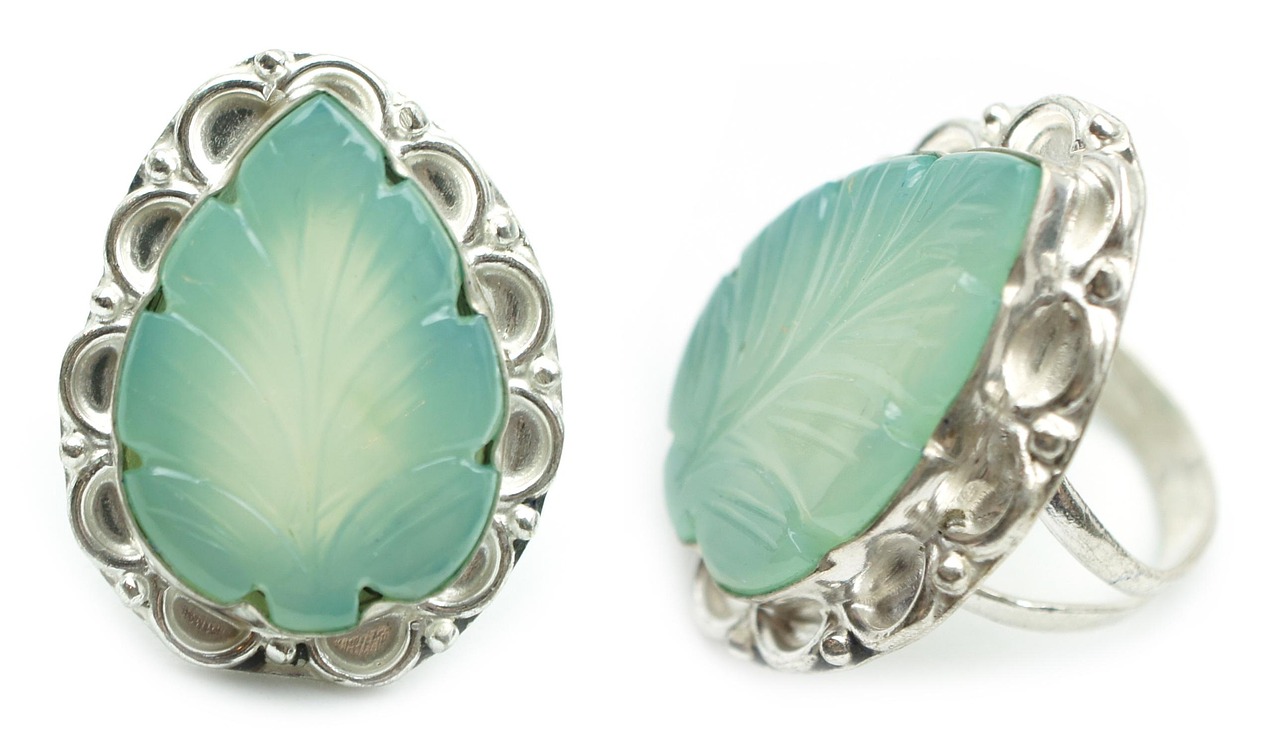
Caring for Vintage Necklaces
Proper care is essential to maintain the beauty and integrity of vintage necklaces. These exquisite pieces often carry significant historical and sentimental value, making their preservation a priority for collectors and enthusiasts alike. Understanding effective cleaning methods and storage techniques can significantly prolong their lifespan and preserve their value.
Importance of Cleaning Vintage Necklaces
Regular cleaning is crucial to prevent the buildup of dirt and tarnish, which can dull the appearance of vintage necklaces. However, it is important to use gentle cleaning methods to avoid damaging delicate materials. Here are some recommended practices:
- Use Mild Soap: A solution of warm water and mild soap is effective for cleaning. Avoid harsh chemicals that can strip the finish or damage gemstones.
- Soft Cloths: Always use a soft, lint-free cloth to gently wipe the necklace. This helps remove dirt without scratching the surface.
- Professional Cleaning: For intricate designs or valuable pieces, consider seeking professional cleaning services to ensure safe handling.
Storage Techniques for Vintage Necklaces
Proper storage is equally important in preserving the condition of vintage necklaces. Here are some effective storage tips:
- Use Soft Pouches: Store each necklace in a separate soft pouch to prevent tangling and scratches.
- Avoid Humidity: Keep the necklaces in a cool, dry place to avoid moisture, which can lead to tarnishing.
- Dedicated Jewelry Boxes: Invest in a jewelry box with compartments specifically designed for necklaces to keep them organized and protected.
Conclusion
By implementing these care tips, vintage necklace owners can ensure their cherished pieces remain beautiful and valuable for years to come. Remember, the key to preserving the allure of vintage jewelry lies in gentle cleaning and thoughtful storage.
Cleaning Vintage Necklaces
is a delicate task that requires careful attention to detail. These beautiful pieces of jewelry often feature intricate designs and materials that can be easily damaged if not handled properly. To ensure that your vintage necklaces remain in excellent condition, it’s essential to adopt gentle cleaning methods.
First and foremost, always use mild soap when cleaning these necklaces. Harsh chemicals can strip away the natural luster of the materials and cause irreversible damage. A simple mixture of warm water and a few drops of gentle dish soap can work wonders. Soak a soft cloth in this solution, wring it out, and gently wipe the necklace to remove any dirt or tarnish.
For more stubborn tarnish, consider using a specialized jewelry cleaner that is safe for the specific materials of your necklace. Always test the cleaner on a small, inconspicuous area first to ensure it does not cause any discoloration or damage. Additionally, avoid using abrasive materials such as rough sponges or brushes, as these can scratch delicate surfaces.
After cleaning, it’s crucial to dry the necklace thoroughly. Use a clean, dry, and soft cloth to gently pat the necklace dry. Never expose vintage jewelry to direct sunlight or heat sources, as these can warp or damage the materials.
Finally, regular maintenance is vital. Store your vintage necklaces in a cool, dry place, preferably in a soft pouch or lined jewelry box to prevent scratches and tangling. By following these gentle cleaning methods and storage tips, you can ensure that your vintage necklaces remain beautiful and cherished for years to come.
Storage Tips for Preservation
Proper storage of vintage necklaces is crucial to maintaining their beauty and longevity. These exquisite pieces of jewelry, often rich in history and craftsmanship, require special attention to prevent damage and deterioration. Here are some essential tips to ensure your vintage necklaces remain in pristine condition:
- Choose Appropriate Storage Solutions: Utilize soft pouches made from materials like velvet or silk to store individual necklaces. These pouches prevent scratches and tangling, protecting the delicate surfaces of your jewelry.
- Invest in Quality Jewelry Boxes: Consider using dedicated jewelry boxes with compartments specifically designed for necklaces. Look for boxes lined with soft fabric to avoid any potential damage from hard surfaces.
- Avoid Direct Sunlight: Store your vintage necklaces in a cool, dark place to protect them from the harmful effects of UV rays, which can cause fading and deterioration of materials over time.
- Keep Away from Humidity: High humidity levels can lead to tarnishing and corrosion of metals. Use silica gel packets in your storage area to absorb moisture and keep the environment dry.
- Regularly Inspect Your Collection: Periodically check your vintage necklaces for any signs of wear or damage. Early detection of issues such as loose clasps or tarnishing allows for timely repairs, preserving the integrity of the piece.
By following these storage tips, you can ensure that your vintage necklaces remain beautiful and cherished for years to come. Proper care not only enhances their visual appeal but also maintains their value, making them a worthwhile investment in your jewelry collection.
Frequently Asked Questions
- What defines a vintage necklace?
A vintage necklace is typically considered to be at least 20 years old and reflects the styles and craftsmanship of its era. These pieces often carry a unique charm and history that modern jewelry may lack.
- How can I tell if my vintage necklace is authentic?
To determine authenticity, check for hallmarks, which indicate the maker and quality of materials. Additionally, assess the craftsmanship; genuine vintage pieces often have intricate details and unique characteristics that set them apart from modern reproductions.
- Can I wear vintage necklaces with modern outfits?
Absolutely! Vintage necklaces can add a distinctive flair to modern attire. Try layering them or pairing them with simple outfits to let the necklace shine as a statement piece.
- What materials are commonly found in vintage necklaces?
Common materials include precious metals like gold and silver, along with gemstones such as diamonds, sapphires, and pearls. Each era has its favored materials, contributing to the necklace’s overall aesthetic and value.
- How should I care for my vintage necklaces?
To care for vintage necklaces, clean them gently with mild soap and a soft cloth. Store them in soft pouches or dedicated jewelry boxes to prevent scratches and exposure to elements that could cause damage.



